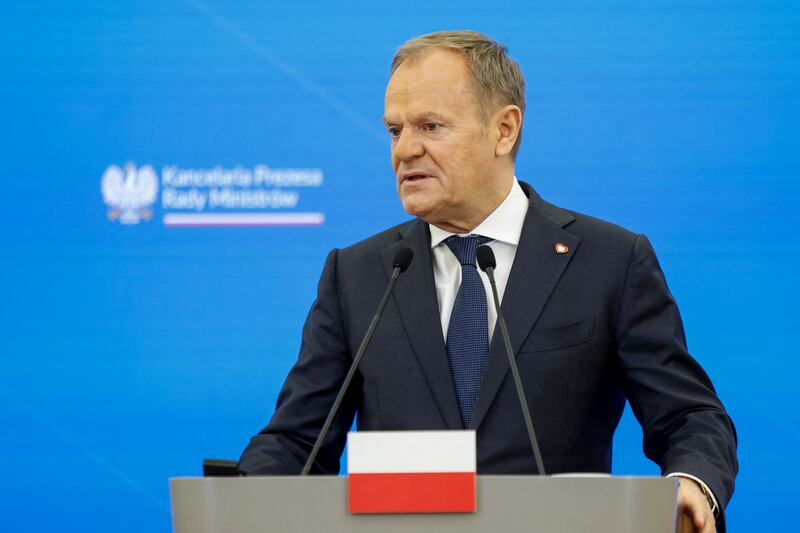Urgent and emergency services are threatened by a staffing crisis in the ambulance service, endangering targets for responding to the most serious calls over the next four years.
An unpublished HSE presentation seen by The Irish Times warns that recruitment “is being surpassed by demand for the organisation’s services”, which “poses a serious risk to the ability of the [National Ambulance Service] to deliver urgent and emergency care services”.
The presentation contains details of the HSE human resources workforce plan for the National Ambulance Service (NAS), and says there is a “critical and immediate need to increase workforce capacity”.
The report warns that based on current modelling, compliance with a target to respond within 19 minutes to life-threatening cases other than cardiac or respiratory arrest would be “considerably less than 40 per cent” by 2027.
[ ‘Great resignation’ and pandemic burnout putting ambulance service at risk - HSE documents ]
The current target for these callouts – termed “Delta” calls by the HSE – is for 50 per cent to be responded to within that timeframe.
Data obtained by Sinn Féin health spokesman David Cullinane shows that compliance is already beginning to slip.
“The average response times for life-threatening calls have dropped off considerably in the first six months of this year compared to last year,” Mr Cullinane said. “Every minute lost responding to an emergency callout carries a high risk.”
The data, released to Mr Cullinane in replies to parliamentary questions, shows that for the first six months of last year, Delta calls were responded to within 19 minutes just more than 50 per cent of the time on average. For the same period in 2022, that fell to 42 per cent.
A separate category of serious calls – termed “Echo” – also shows response times disimproving. The NAS target is to respond to these calls, which relate to life-threatening cardiac or respiratory arrest, within 19 minutes 70 per cent of the time.
The data given to Sinn Féin shows that the first six months of 2021, 78.5 per cent of calls were responded to in this timeframe on average, but this year the figure is 72.6 per cent.
A spokesman for the HSE said that there has been a 14 per cent increase in emergency calls since 2019. “Since the onset of the Covid-19 pandemic each call is taking longer due to Covid procedures and offload delays at hospitals. Ambulance services worldwide have had similar experiences due to the prevalence of Covid.”
[ Patients waiting over 16 months on average for hospital consultation and operation, study finds ]
The HSE sought to downplay the significance of the 19-minute target, saying it does not apply to more than half of emergency calls, and saying it is “an arbitrary target which has limited if any clinical relevance”. It was introduced following a recommendation from Hiqa in 2012.
“Most ambulance services internationally are now exploring moving to clinical key performance indicators to measure clinical outcomes rather than time-based targets”. It said combined, Echo and Delta calls account for fewer than half of all 999 calls.
Some 83 workers left the ambulance service in 2021, up from 68 in 2017. The plan shows that in 2017-2018, new starters equivalent to 13.6 per cent of the workforce started, but in the year to March 2022, that figure was 7.2 per cent.
The HSE has run a recruitment campaign for student paramedics and has a five-year plan to grow the range of services provided to the public by NAS. The spokesman said the HSE is confident in NAS’ ability to deliver services both now and in the future.
He said the document was a presentation relating to a workforce plan. “It is normal for all organisations to have a workforce plan to plan for normal turnover and growth into future years”





